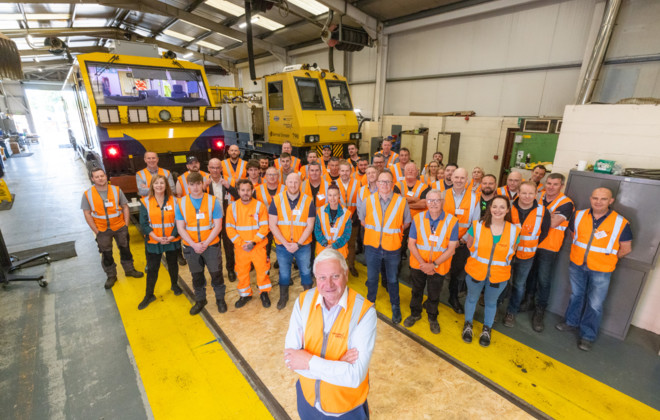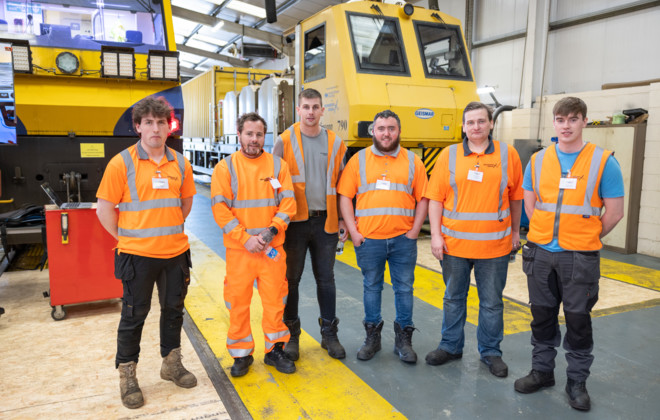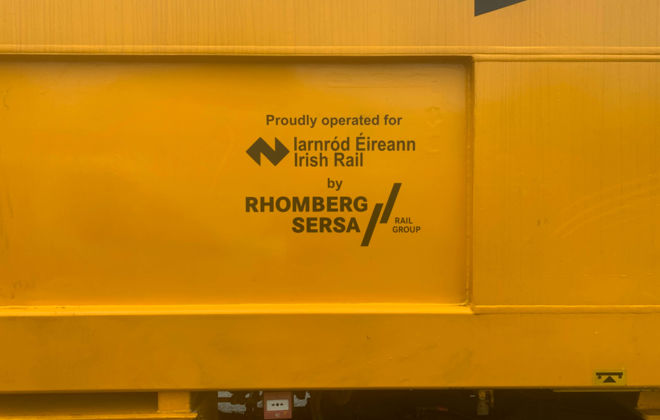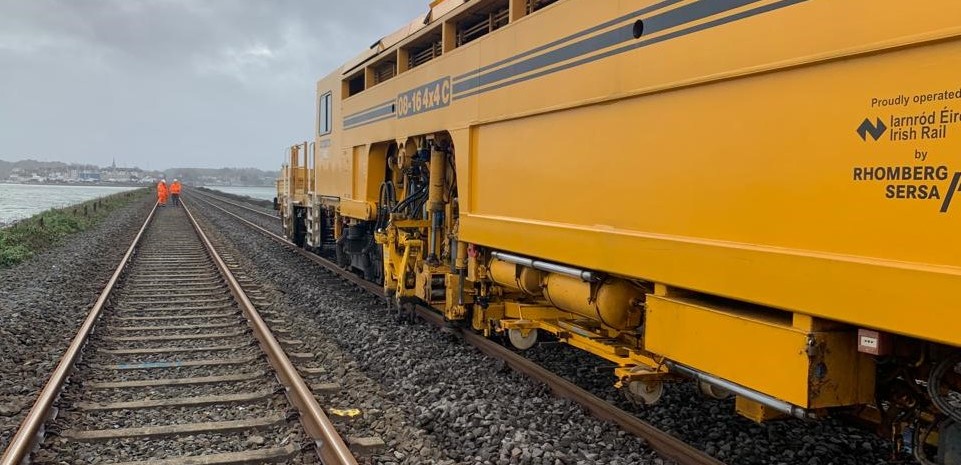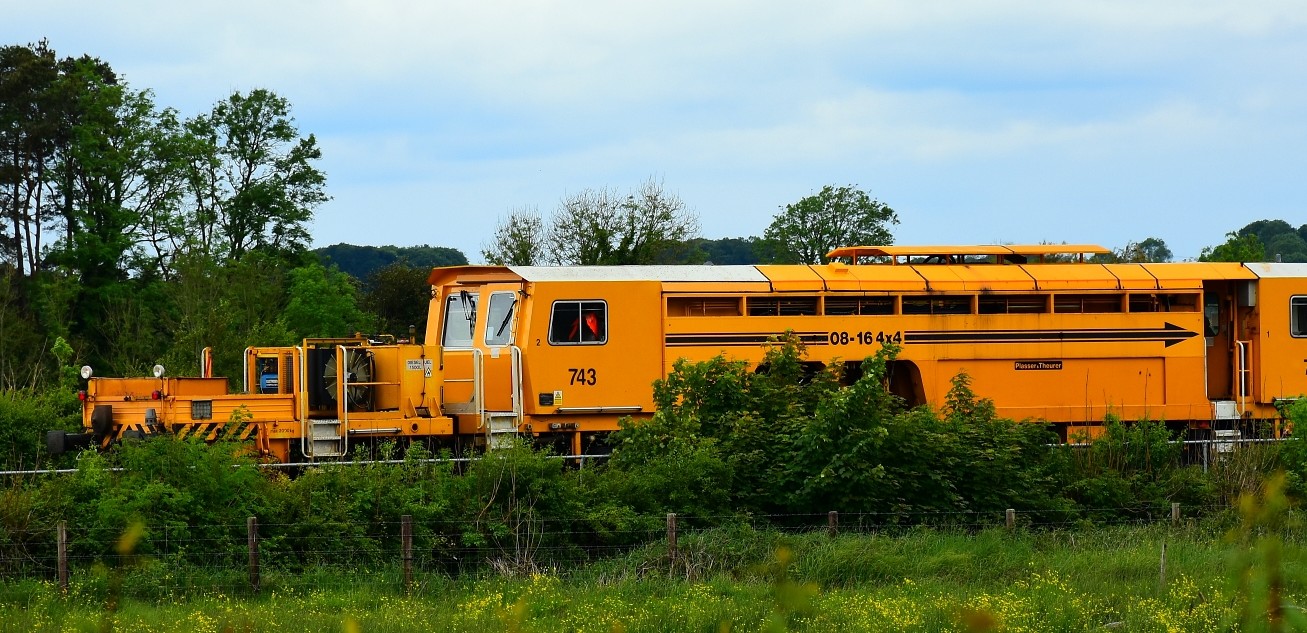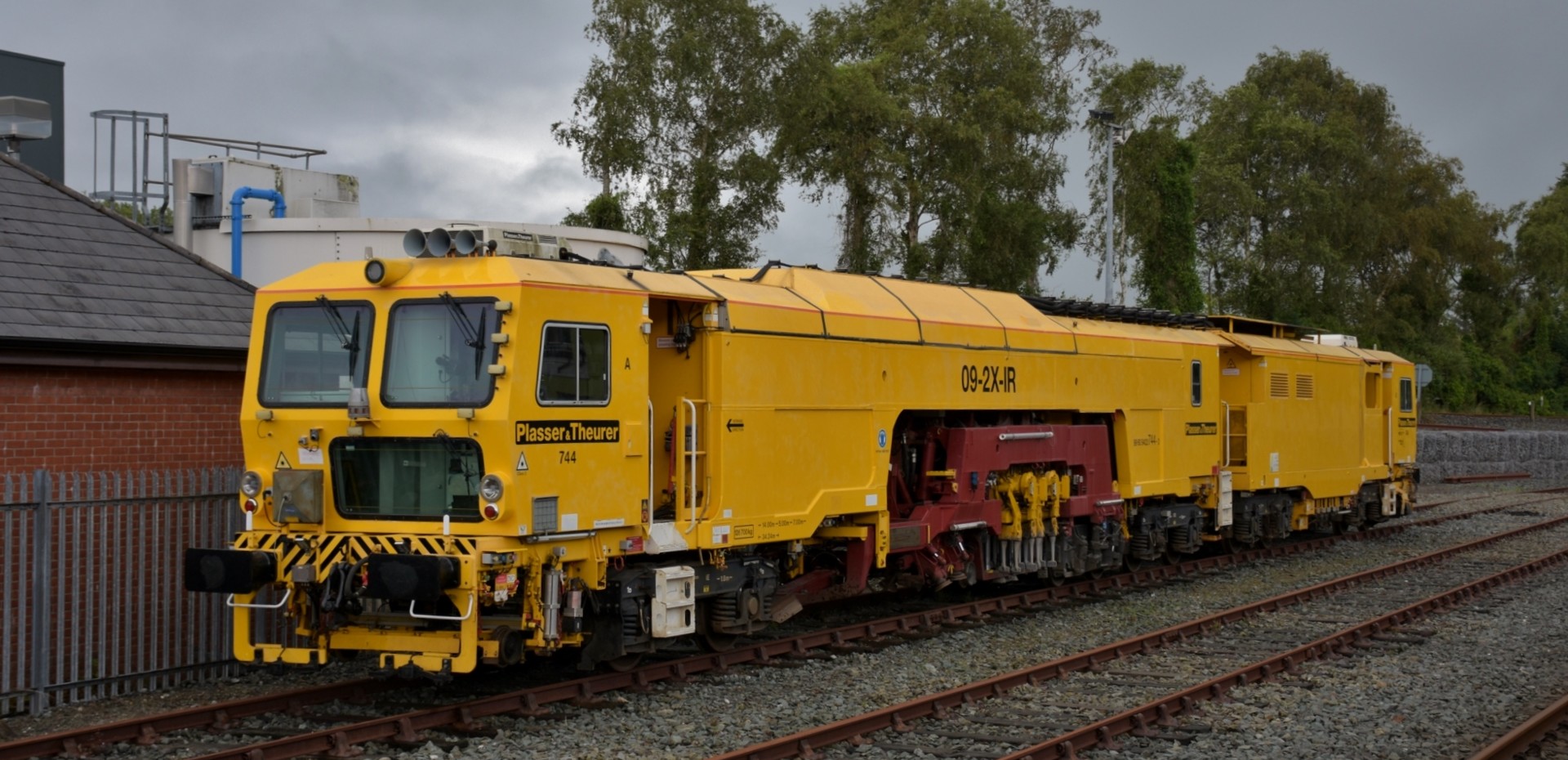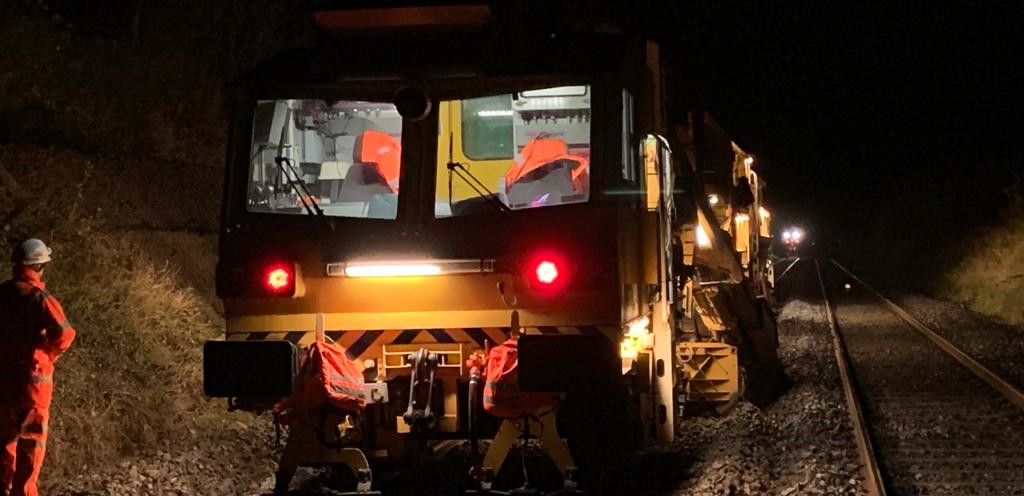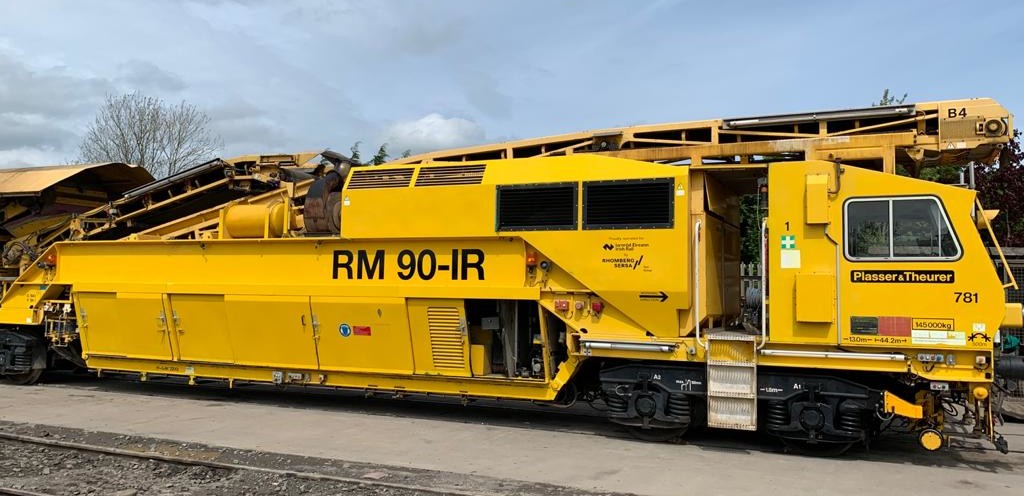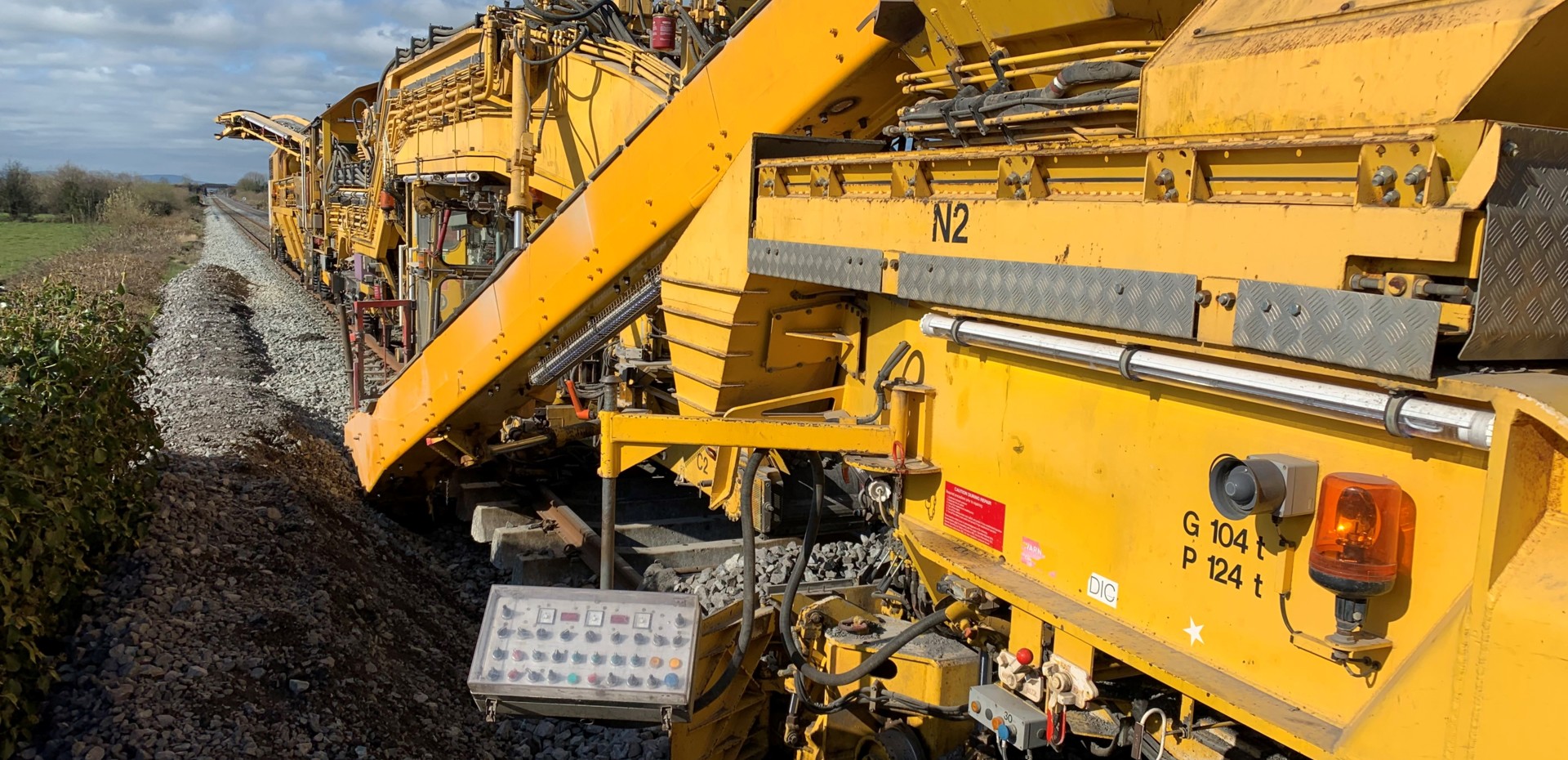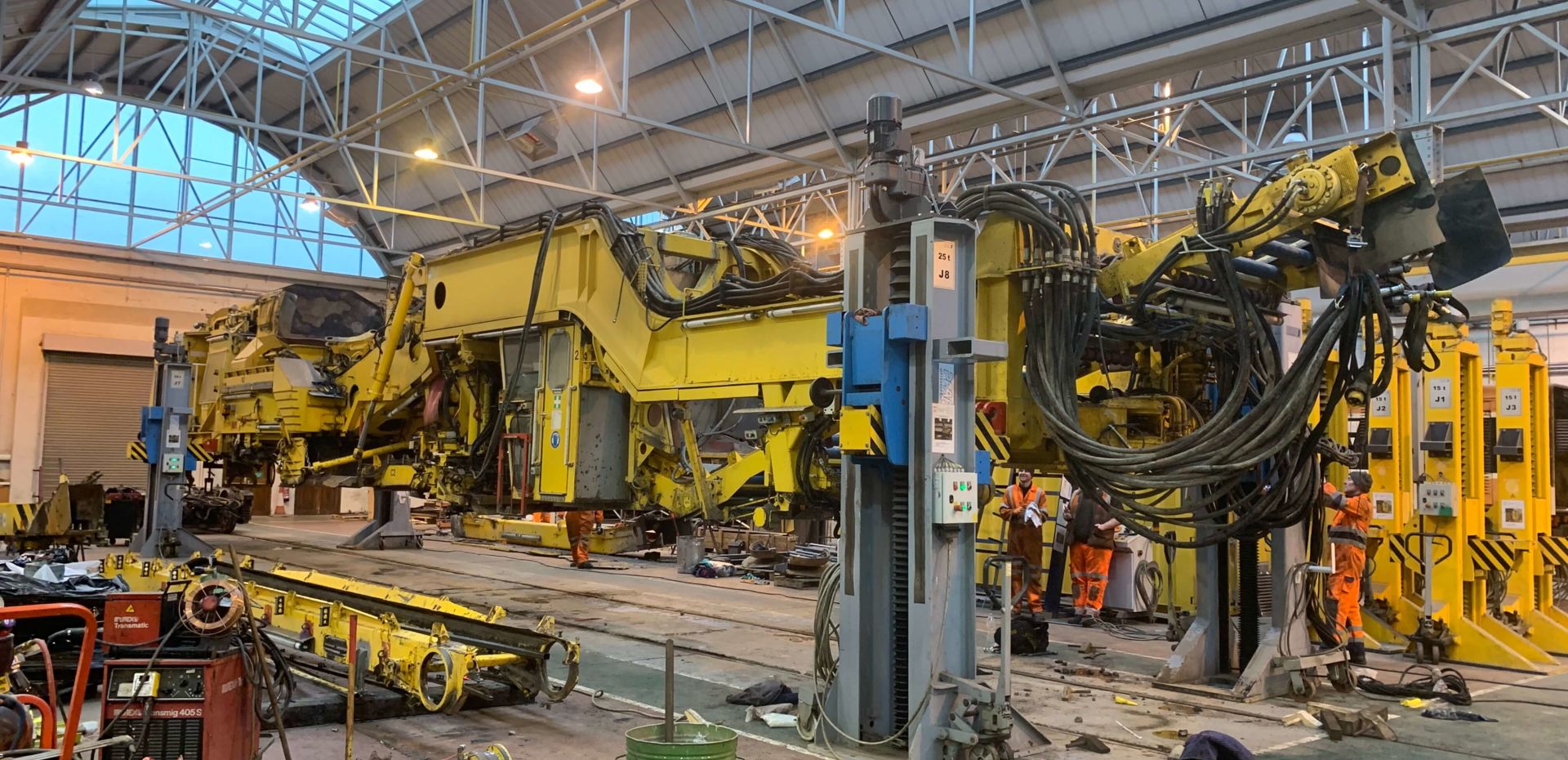Rhomberg Sersa Rail Group
The Rhomberg Sersa Rail Group (RSRG) was formed at the end of 2012 following the merger of Rhomberg Bahntechnik and the Sersa Group. Together Rhomberg and Sersa provide a comprehensive range of services via 17 companies across eight countries as well as Scandinavia.
However, our experience goes back much further. In 1886 the Rhomberg Construction Group was created in Bregenz, Austria. It grew during the following century but underwent significant expansion between 1999 and 2005.
The Sersa Group was formed in 1948 and between 1992 and 2009 a number of subsidiaries were formed in Holland, the UK and Canada.
In 2012 the Sersa Group merged with the rail division of Rhomberg Construction Group (Rhomberg Bahntechnik) to form the Rhomberg Sersa Rail Group (RSRG). RSRG currently has operations in Ireland, Canada, Austria, Germany, Switzerland, North America, the UK and Australia. Most recently, in mid 2023, the company opened an office in the Nordics.
Rhomberg Sersa Rail Group (Ireland)
Uniquely for an RSRG company, we do not own the On Track Machines (OTMs).
Instead, the OTMs are the property of Irish Rail and these machines are maintained by us at a client owned workshop. This is a new, less capital intensive, exciting business model within RSRG.
We operate on the Iarnród Éireann / Irish Rail network under our own Safety Case and we are licensed by the Irish Commission for Railway Regulation (CRR). We are also certified for Ireland and the UK as an “Entity in Charge of Maintenance” or ECM.
We work closely with RSRG sister companies to offer a full range of rail services in Ireland.
However the main services we deliver on a daily and nightly basis are tamping and ballast cleaning. You can read more below about these essential maintenance services.
Irish Rail Tampers Which Are Operated By Rhomberg Sersa Rail Group (Ireland)
Tamping
Rail tamping is a crucial process in railway track maintenance that involves adjusting and compacting the ballast, which is the layer of crushed stones or rocks that supports the railroad ties and tracks. The primary purpose of rail tamping is to restore the proper alignment, levelness, and stability of the tracks.
During the operation of trains, the ballast gradually gets displaced and becomes uneven due to the dynamic forces exerted by passing trains. This leads to track irregularities such as misalignment, deviations in vertical and horizontal levels, and uneven settlement of the ballast. These irregularities, if left unattended, can result in a range of issues, including increased wear and tear of the tracks, reduced ride quality for passengers, and decreased overall safety.
Rail tamping addresses these problems by using specialised machinery known as a tamper or a tamping machine. The tamper consists of multiple tamping units equipped with vibrating and compressing mechanisms. The process involves the following steps:
- Initial assessment: The track is inspected to identify areas of concern, such as deviations from the desired alignment or levelness.
- Marking: The areas requiring adjustment are marked for tamping.
- Tamping process: The tamper is positioned over the marked sections, and the tamping units are lowered onto the ballast. The units vibrate and exert pressure to realign and compact the ballast, ensuring it is evenly distributed and properly supporting the tracks.
- Monitoring: The track is checked again after tamping to verify the alignment, levelness, and stability. Further adjustments may be made if necessary.
Rail tamping is important for several reasons:
- Safety: Properly maintained tracks contribute to safe train operations by minimising the risk of derailments, particularly at high speeds. Tamping helps maintain the integrity of the track structure, reducing the chances of accidents caused by track irregularities.
- Ride quality: Tamping ensures a smoother and more comfortable ride for passengers by reducing track roughness, vibrations, and noise. It helps eliminate unevenness and dips, leading to a more stable and pleasant travel experience.
- Track longevity: Regular tamping helps extend the lifespan of railway tracks. By preserving the correct alignment and levelness, it prevents excessive wear and tear on the tracks, reducing maintenance costs and the need for frequent replacements.
- Operational efficiency: Well-maintained tracks facilitate efficient train operations, as they allow trains to travel at higher speeds, maintain schedule adherence, and reduce energy consumption. Tamping improves track geometry, which aids in the smooth movement of trains, reduces fuel consumption, and enhances overall operational efficiency.
In summary, rail tamping is a vital aspect of track maintenance that ensures safe, comfortable, and efficient rail transportation. By maintaining proper alignment, levelness, and stability, tamping helps prevent accidents, enhances ride quality, prolongs track life, and optimises train operations.
Ballast Cleaner, Machine 781
Ballast Cleaning
Ballast cleaning is the process of removing and replacing the ballast, which is the layer of crushed stones or rocks that support and stabilise the railway tracks. The ballast is laid underneath the sleepers to distribute the load of the trains, provide proper drainage, and maintain track alignment.
Over time, the ballast can become broken down and contaminated with dirt, dust, debris, and other materials that are brought in by passing trains or by natural factors such as weather conditions. This contamination can reduce the effectiveness of the ballast and compromise the stability and safety of the rail lines. Therefore, ballast cleaning is important to maintain the integrity and performance of the railway infrastructure.
Here are a few key reasons why ballast cleaning is crucial for rail lines:
- Drainage: Ballast plays a crucial role in facilitating proper drainage of water from the tracks. If the ballast becomes clogged with debris, it can hinder drainage and lead to water accumulation. This can weaken the track bed, cause instability, and potentially result in derailments. Cleaning the ballast helps restore its drainage capacity and prevents water-related issues.
- Track Stability: The ballast provides a stable and evenly distributed support for the railway tracks. Over time, the ballast can settle, shift, or become uneven due to various factors. This can lead to track misalignment, uneven load distribution, and ultimately affect the safety and smooth operation of trains. Regular ballast cleaning helps maintain track stability by correcting any irregularities and ensuring a proper, uniform support for the tracks.
- Track Geometry: Ballast cleaning helps in maintaining the desired track geometry, including proper alignment, levelness, and cross-sectional profile. When the ballast becomes contaminated, it can affect the track geometry, resulting in deviations that can cause discomfort to passengers, increase wear and tear on rolling stock, and potentially compromise safety. By cleaning the ballast, the track geometry can be restored, ensuring a smoother and safer ride.
- Longevity: Regular ballast cleaning is essential for extending the lifespan of the railway infrastructure. By removing contaminants and maintaining proper track support, ballast cleaning helps prevent excessive wear and tear on the tracks, sleepers, and other components. This, in turn, reduces the need for frequent repairs, replacements, and overall maintenance costs, leading to cost savings and improved operational efficiency.
Overall, ballast cleaning is an important maintenance activity for rail lines to ensure safe and efficient train operations. By preserving the stability, drainage, and geometry of the tracks, it helps maintain the integrity of the railway infrastructure and enhances the longevity of the entire system.
Organisation
Vision of Rhomberg Sersa Rail Group
Railway construction: we build the future.
Rail networks worldwide are made up of 1.3 million kilometres of track. In the decades to come the rail industry is expected to grow significantly thanks to government investment and an increasing sense of urgency to reduce our use of fossil fuels thanks to the climate crisis. Technical requirements for railway tracks are becoming ever more stringent as they are required to withstand higher loads and greater speeds and at the same time provide optimum comfort for passengers.
For these reasons many years ago we at Rhomberg Sersa Rail Group fully committed ourselves to railway engineering. This means we invest significantly in R&D and our staff which allows us to plan for the long term and act for the future. We look at railways from the point of view of our customers and the entire lifecycle and we view our clients as long term partners. We aim to provide maximum benefit throughout this lifecycle and achieve maximum cost-efficiency. Irrespective of whether a client commissions us as general contractor or as a subcontractor for a specific section of a contract, we will always apply a holistic approach that encompasses more than just the day-to-day requirements.
Railway construction - we build the future.
Clear values
A corporate philosophy can achieve great things – but only if we lead by example and ensure our values are truly lived from top to bottom.
We have a history of dealing fairly and reliably with our partners, and we intend to continue this with a modern approach into the future. In order to achieve this goal, we have created our very own Compliance Rules which act as a beacon for our ethical and moral behaviour and integrity – not just within the Rhomberg Sersa Rail Group, but also - and foremost - when dealing with our partners, suppliers and competitors.
We are also committed to being a family friendly and supportive employer. These are not just words in a handbook or on a website, it is something we are committed to as a company and is demonstrated by the length of service by many of our staff, but also by the number of 'boomerang' staff who leave and then return.











